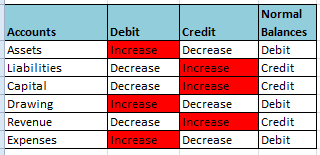The following checklist is drawn from the evaluation criteria used by the CEEMAN Case Writing Competition Judges. We encourage case writers to use these criteria as quality assurance measures in the preparation of their case.
===============
Case Narrative
===============
- Name, position, company of case protagonist is clearly identified in opening paragraph
- Issue(s) or decision(s) is/are clearly defined in opening paragraph
- Action trigger is clearly stated in opening paragraph
- Company history/background is precisely tailored to case focus
- Case narrative clearly supports the issue(s)/decision(s) that is/are at the heart of the case
- Case is written entirely in past tense
- Case events presented in clear, logical chronology
- Quotes from case personalities increase reader interest in case
- All secondary information is accurately identified and correctly cited
- All case exhibits, figures and tables are clearly, accurately labeled
- All case exhibits, figures and tables are sequentially labeled
- Tone of case is neutral, devoid of any case writer bias/personal judgment
- Case issues/decisions are significant and compelling
- Case issues/decisions demand sustained critical thinking
- As appropriate, case narrative clearly invites readers to move from techniques and concepts to theories
- Case issues/decisions lead to lively class discussions
- Case is a realistic platform for generating multiple alternatives about which reasonable managers can disagree
- Data and exhibits are complete enough/sufficient enough for students to conduct required analyses
- Overall, case provides readers with an interesting, engaging voyage of discovery
- Case length is matched with case difficulty
===============
Teaching Note
===============
- Teaching note begins with short, accurate case synopsis
- Teaching note includes a minimum of three, clear learning objectives
- Teaching note identifies the level of case difficulty
- Teaching note states the course(s) in which the case can be used
- Teaching note has a minimum of three meaningful case discussion questions
- Teaching note provides complete answers/responses to each case discussion question
- Teaching note includes worksheets and data analyses for all required quantitative reasoning questions
- Teaching note clearly identifies the relevant theory supporting the case’s central issue(s)/decision(s)
- Where alternative opinions/approaches are possible, teaching note acknowledges and discusses these
- Teaching note has evidence that both the case narrative and case discussion questions have been class tested
